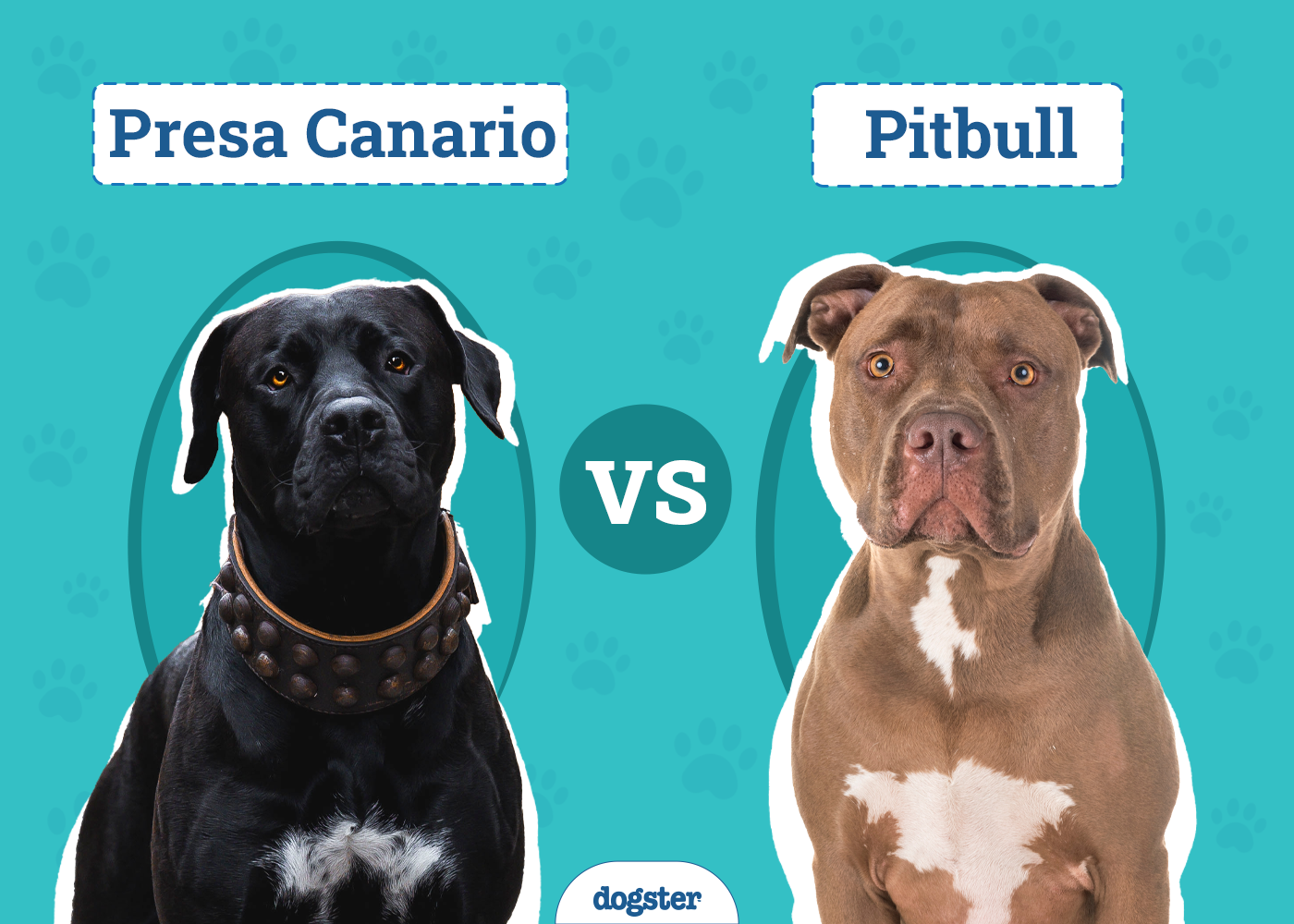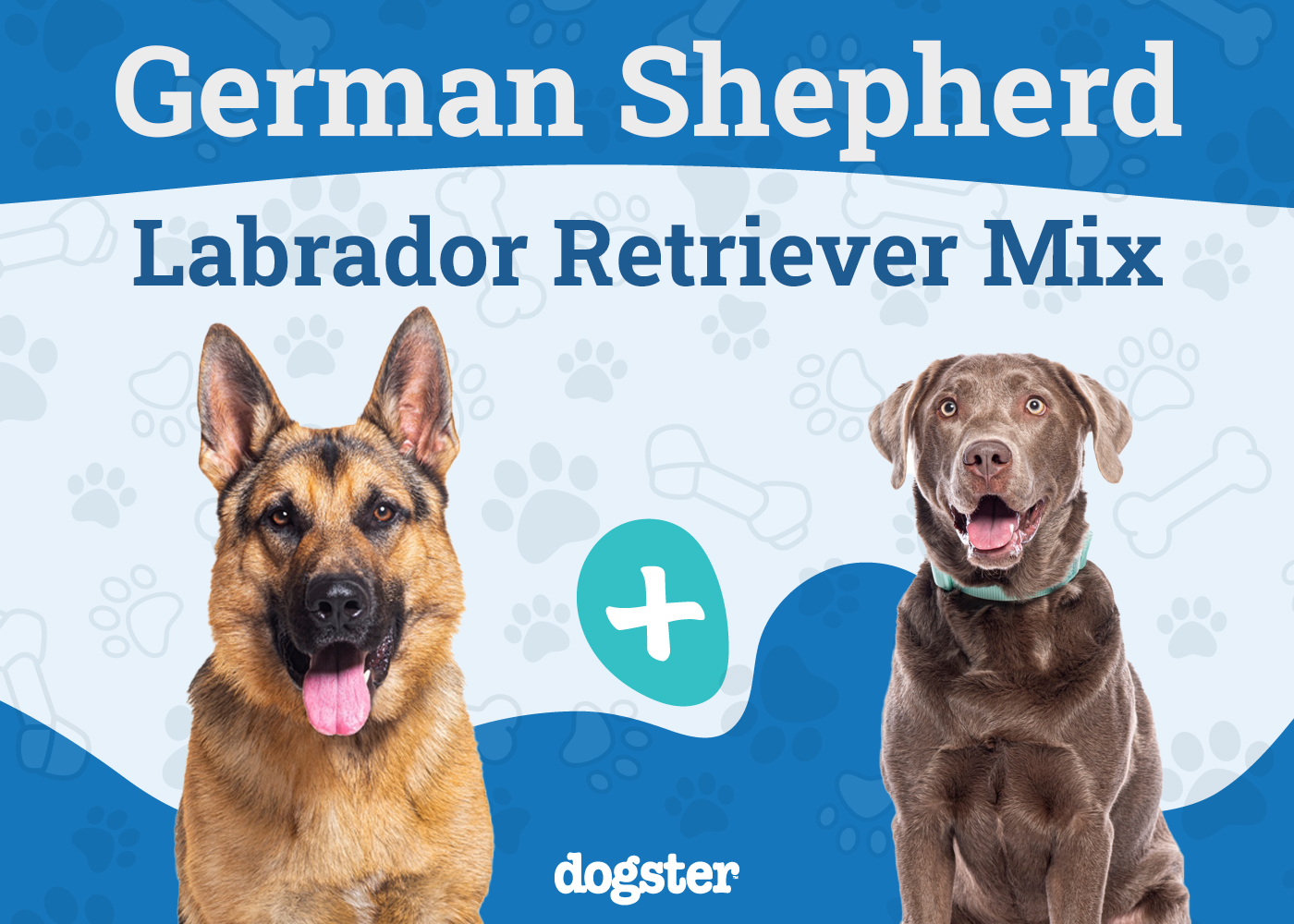Click to Skip Ahead
The Presa Canario and Pitbull are both big, strong breeds, and they both have a reputation for being potentially aggressive dogs. Despite the reputation, both breeds can make good family pets as long as they get plenty of socialization, training, and a loving family life.
However, while there are similarities between the two breeds, there are also differences. Both are strong dogs, but the Presa Canario is considerably larger than the Pitbull. The Presa Canario is harder to come by and, as a result, can cost more than the Pitbull. But when it comes down to choosing which is the best breed for you, most potential owners will choose the Presa Canario if they are looking for a guard dog or watch dog, while families will opt for the Pitbull.
In any case, you should check local laws. Countries like the UK ban both breeds, and there are other countries and states with similar rules.
Visual Differences
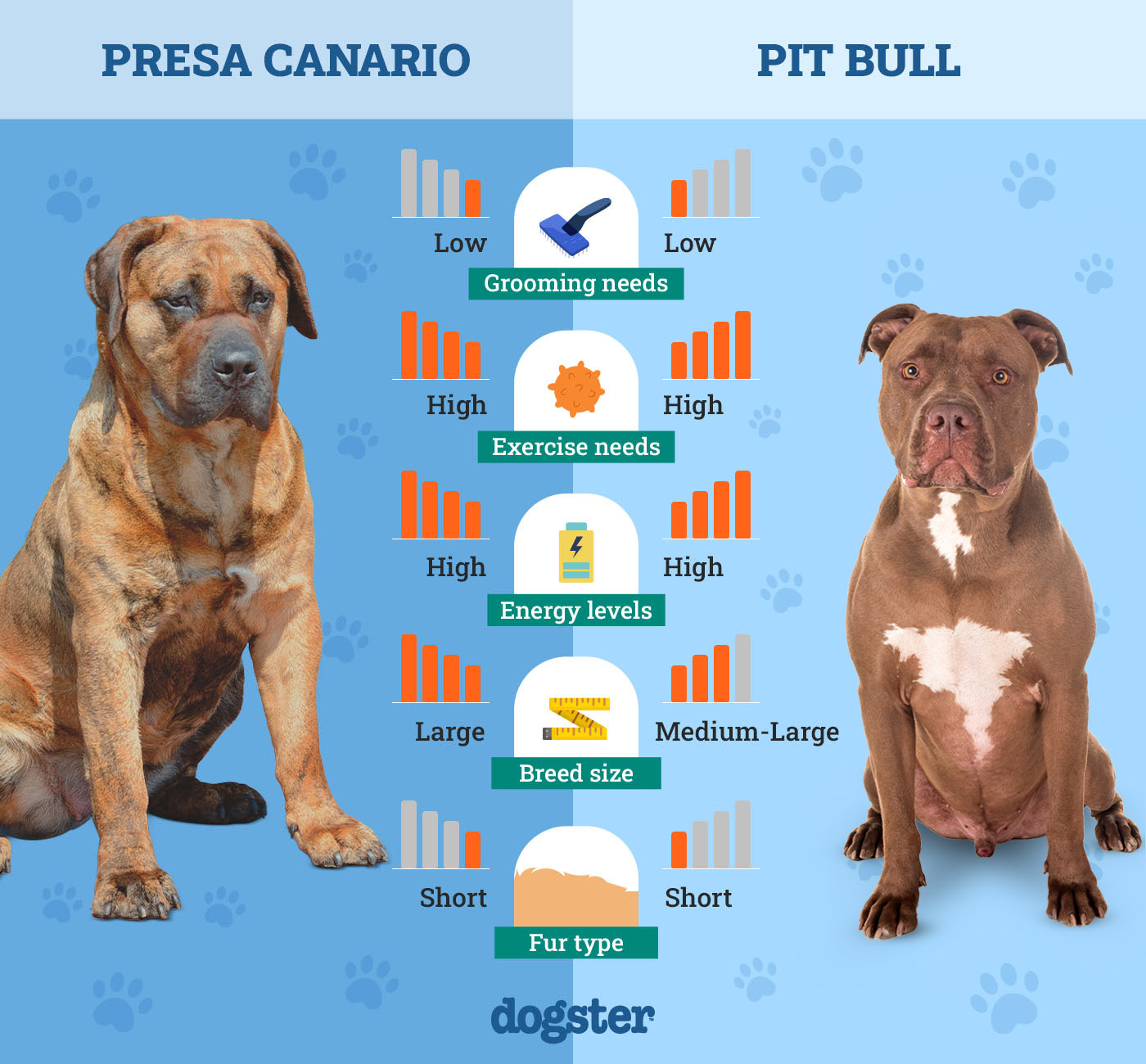
At a Glance
- Average height (adult): 22–26 inches
- Average weight (adult): 80–130 pounds
- Lifespan: 9–11 years
- Exercise: 1 hour a day
- Grooming needs: Easy
- Family-friendly: May form a bond with its handler
- Other pet-friendly: Not usually
- Trainability: Intelligent but independent and strong-willed
- Average height (adult): 17–21 inches
- Average weight (adult): 30–65 pounds
- Lifespan: 12–15 years
- Exercise: 1–2 hours a day
- Grooming needs: Easy
- Family-friendly: Yes
- Other pet-friendly: Can be aggressive with dogs of the same gender
- Trainability: Intelligent, affectionate, loyal

Presa Canario Overview
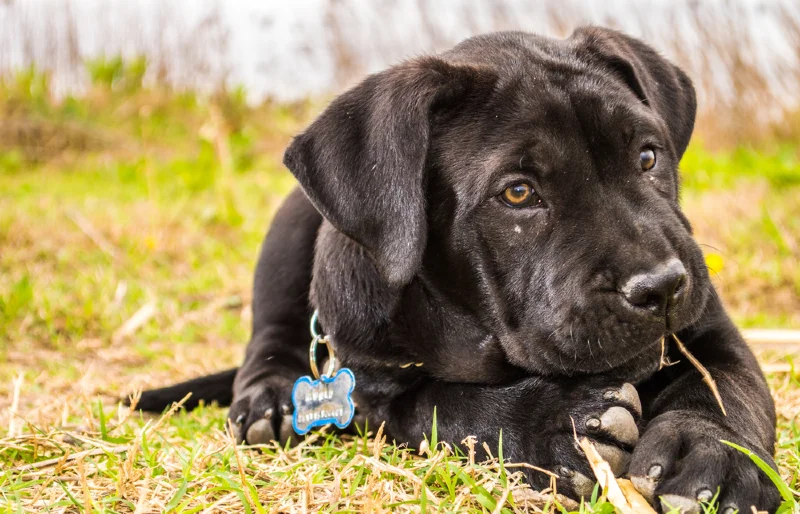
The Presa Canario, or Perro de Preso Canario, to give its full name, comes from the Canary Islands where they were bred to work with livestock. As well as working the livestock, the dogs were also used as livestock guardians, which meant that they would have protected animals from wild predators. They were also used in dog fighting and while the breed’s popularity died down with the prohibition of dog fighting in the 1940s, the breed was resurrected, and their popularity improved again from the 1980s.
Appearance
The Presa Canario is sometimes referred to as the Canary Mastiff. It is a Mastiff breed and has a similar look to other similar breeds. It is a giant breed that can weigh as much as 120 pounds or more. These dogs will typically have a coat that combines several colors, including black, brown, tan, and silver. It looks sleek and shiny.
Personality
Having been bred to tend livestock and patrol fields, the Presa Canario is a very independent dog. They can be given a job to do and left to get on with it. But this does mean that if they don’t have a job to perform, they will likely look for their own tasks. The independent streak can also make training a challenge and may lead to some falling out over roles and requirements.
The strength and size of the dog alone means that this is not generally a suitable breed to have around small children, and this is especially true if the dog does not get the socialization and training they crave. Similarly, they should not be kept in households with other, smaller pets, either.
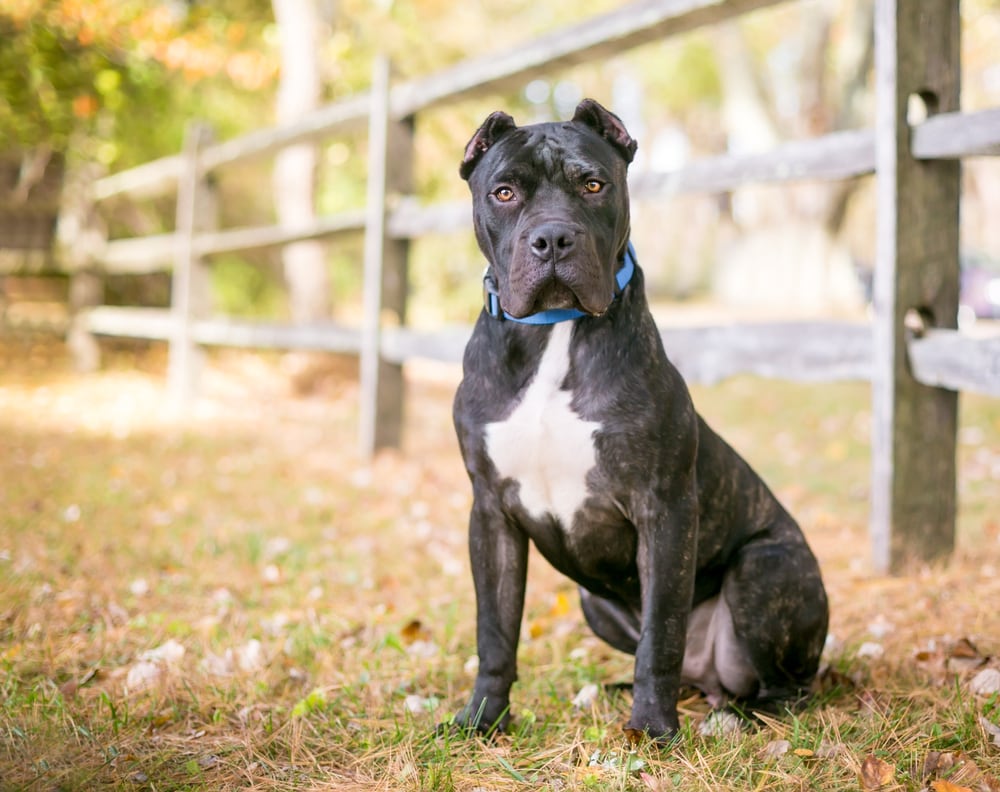
Training
Early socialization is vital for this breed. The dog needs to understand that new people and new dogs and other animals are not a threat to them or you. Socialization as a puppy lays the groundwork for this, and continued socialization will reinforce it. Training should also be undertaken from a young age. Although the breed may not do well in agility, they can excel in other canine sports, especially those that take advantage of the breed’s massive frame and incredible strength.
Health & Care
Hip and elbow dysplasia are common in breeds of this size, including the Presa Canario, so ensure that the puppy’s parents have had the appropriate screening tests done. Other common complaints include bloat and osteochondritis dissecans. However, when it comes to general care, the Presa Canario is easy to look after. A weekly brush will ensure the dog’s coat looks in great condition, but you will need to brush their teeth at least three times a week and clean their ears out regularly.
Suitable For:
Working farms and owners that have tasks they can give to the Presa Canario. They are not suitable for novice owners or those with young children or small pets.
- A driven breed that loves to have a job to do
- Doesn’t need constant attention
- Not suitable for small children
- Not suitable for small pets

Pitbull Overview
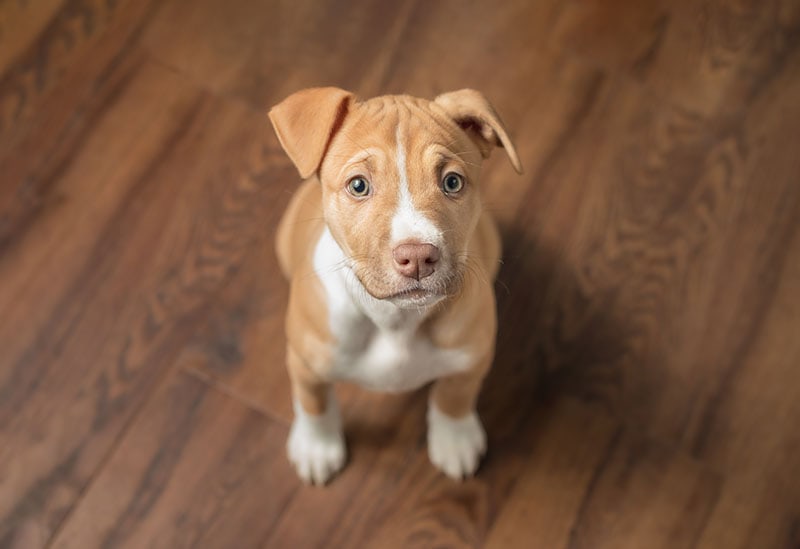
Pitbulls have a checkered history and tend to polarize opinions when it comes to discussions of potentially dangerous breeds. They were originally bred for a “sport” called bull baiting, where dogs were put in a ring with a bull and had to try and wear the bull down until it passed out or died. When the sport was banned, Pitbulls were then used for dog fighting. While dog fighting has been banned in most countries, it still goes on underground, and because of the Pitbull’s tenacious attitude, they are still used in this way.
However, the breed can make a loving and loyal family pet that will get along with children and all other family members.
Appearance
The Pitbull is not as large as the Presa Canario but is strong and muscly. This breed has a square jaw, a large chest, and a strong mouth. They can come in a wide variety of colors and patterns from red to black and white.
Personality
Although they do have a reputation for being aggressive, Pitbulls tend to be very good with people. Even when they were bred for fighting bulls or dogs, they had to be easy to handle by their owners, which meant that biting humans was not tolerated. However, the breed can be aggressive with other dogs, especially those of the same breed and same sex. Their love of their family can lead to them being fiercely loyal, though, and some owners, in the past, have used this to their advantage.
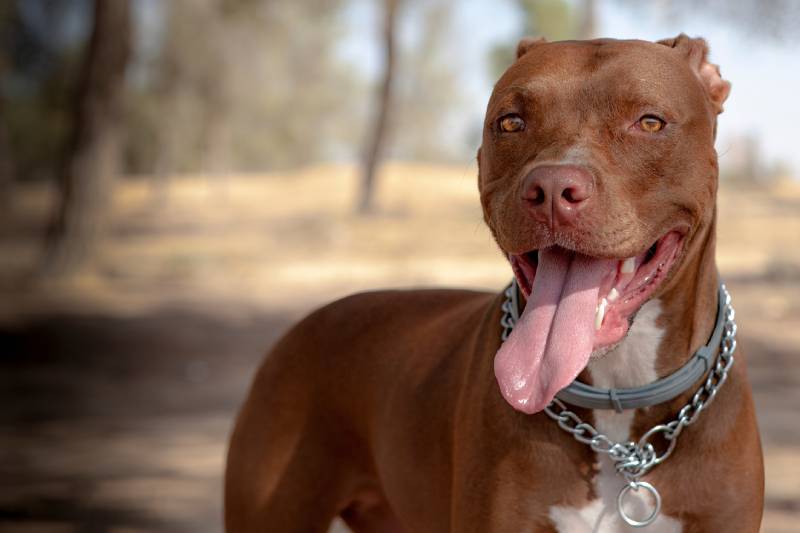
Training
Like the Presa Canario, Pitbulls need socialization and training from a young age. Socialization is especially important because it will teach the Pitbull that strangers do not pose a threat to their family, who they will guard if they feel there is a threat. Training gives the dog something to keep their mind active, and it will enable you to take control of any situation.
Pitbulls can do quite well in agility, and they excel in other canine sports, too.
Health & Care
Hip dysplasia is a common problem in Pitbulls, just as it is in Presa Canarios. This breed is also prone to heart complaints, and hypothyroidism and allergies are common. Weekly brushing should be ample to keep the coat looking good. Brush their teeth at least three times a week, ensure their nails are kept trimmed, check inside their ears when you are brushing the coat, and look for signs of reddening and swelling.
Suitable For:
This dog is best for families and owners that want a loyal dog and that can provide lots of socialization, training, and exercise.
- Good with families, including children
- Less expensive than Presa Canarios
- Can be aggressive with other dogs, especially of the same breed
- They do have something of a stigma attached to them

Which Breed Is Right for You?
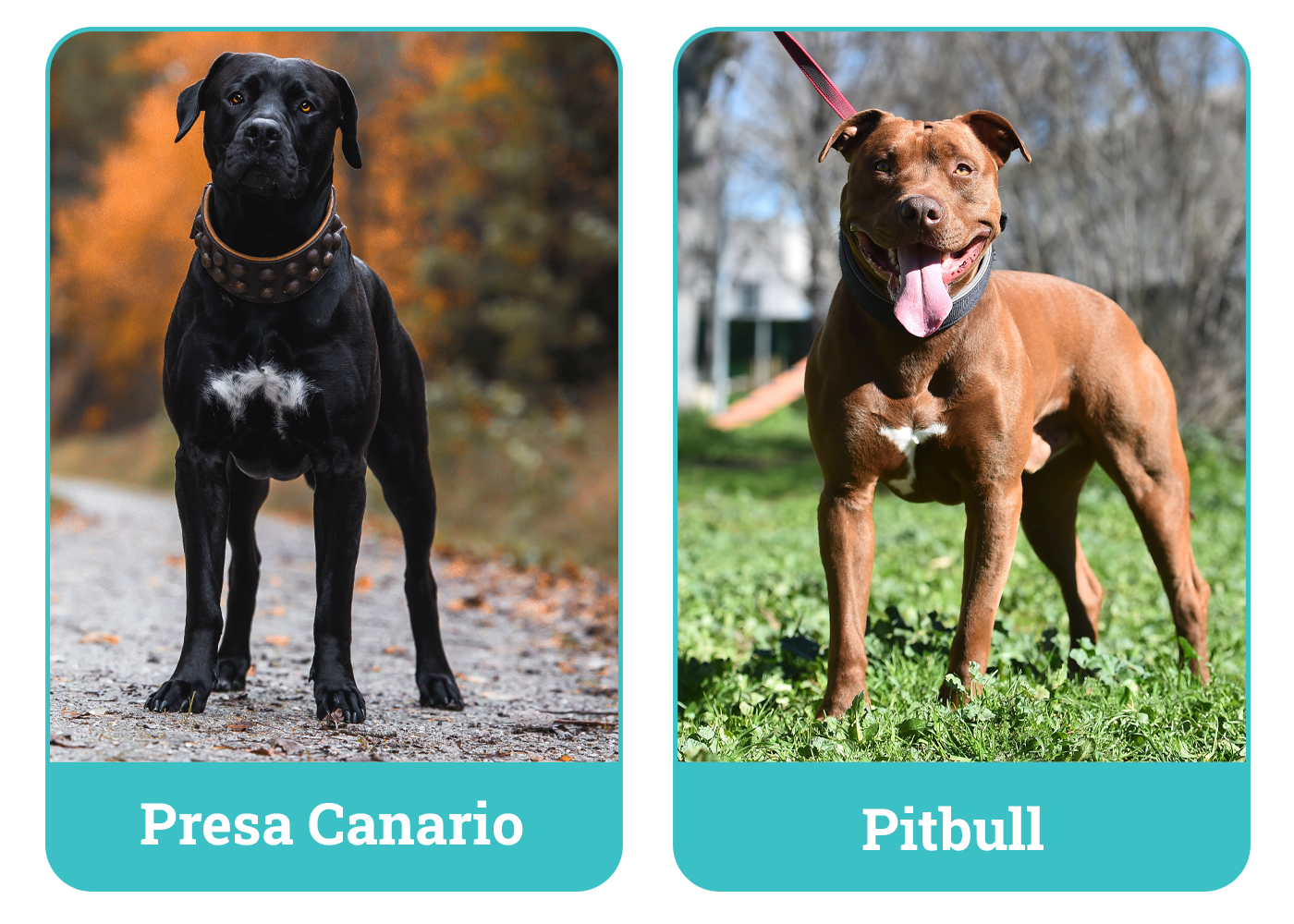
Presa Canarios and Pitbulls are banned in some countries, but with good socialization, training, and handling, they can both make good dogs for the right handlers. While the Presa Canario tends to be best when kept as a working guard dog or watchdog, the Pitbull can make an excellent, loyal, and loving family dog.
There is a stigma attached to both breeds, however, so potential owners may need to be prepared for questions from strangers.
Featured Image Credit: Dogster/Shutterstock

